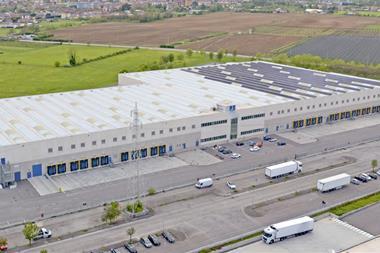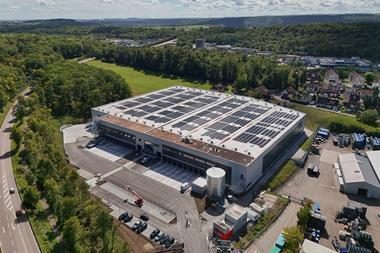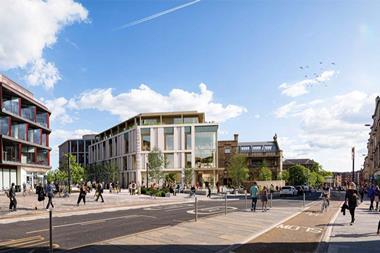The built environment needs to respond to a looming water crisis with a “systems change” approach involving buildings, supply chains, construction and cities, according to the World Green Building Council (WorldGBC).
Global freshwater demand is projected to outstrip supply by 40% by 2030. In response, WorldGBC has launched the Building a water-resilient future paper, highlighting that the built environment accounts for around 15% of freshwater use.
It highlights the importance of collaboration and innovation in addressing the water crisis and calls for the building and construction sector to work together with governments, businesses and communities to develop and implement solutions.
WorldGBC highlights that, in the past century, population growth, industrialisation, urbanisation and climate change have collectively contributed to a rapidly accelerating global water crisis. Currently, nearly four billion people are affected by water scarcity and predictions suggest this number will only rise as global water demand is projected to increase 55% by 2050.
The paper outlines four key areas where water use can be most effectively addressed: supply chain, construction processes, buildings, and cities and communities.
Cristina Gamboa, CEO, WorldGBC, said everyone should be able to access safe, clean water. “I am proud to launch this industry position paper which outlines the magnitude of this challenge – yet also the great potential of the built environment to address it,” she said.
“This is a sector which contributes to an enormous 15% of freshwater use. So we must take a systems-change approach and utilise every resource and opportunity to leverage our influence and expertise to drive real change across global infrastructure.”
Dorota Bacal, sustainability and innovation lead for Australia and New Zealand at Arkance, said: “Infrastructure resilience and sustainability are critical in positively shaping the future of water.
“The technology already exists. There is no lack of resources – the solution lies in competent leadership, efficient stakeholder-engagement processes and acting collaboratively in taking a whole-systems approach to solutions, in time.
“We must come together to design, build and solve our infrastructure challenges and ensure that our future means we all have clean and safe water for life.”
Tom Smith, global director of property and buildings at WSP, said: “This excellent report highlights the significance of circularity in effectively handling and optimising water usage in the built environment, ultimately preserving a valuable resource for future generations.”
The new position paper has been developed by WorldGBC in collaboration with a network of 26 Green Building Councils around the world, partners Brightworks Sustainability, CBRE, Foster + Partners, WSP, Kingspan and Arkance, and a network of over 30 individual experts.
To read the latest IPE Real Assets magazine click here.






















